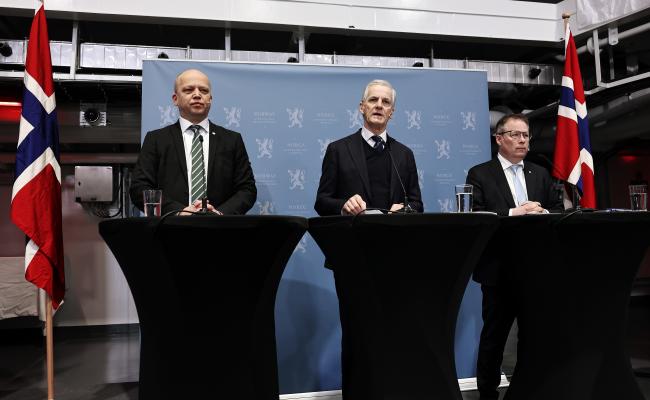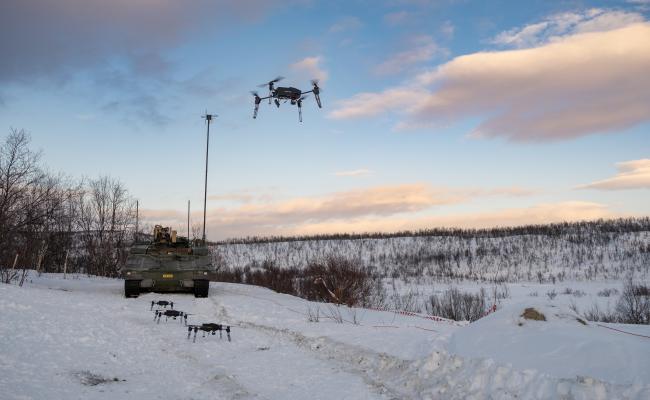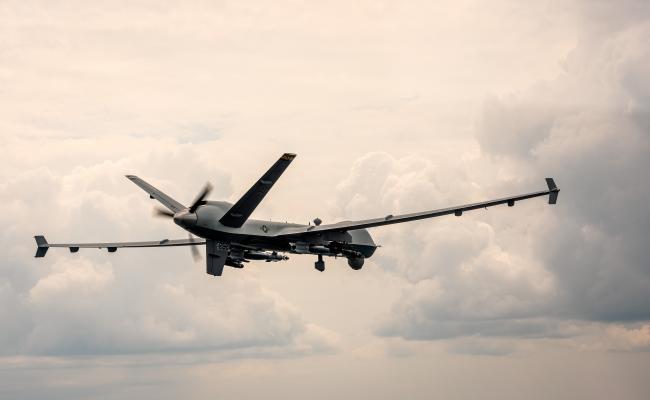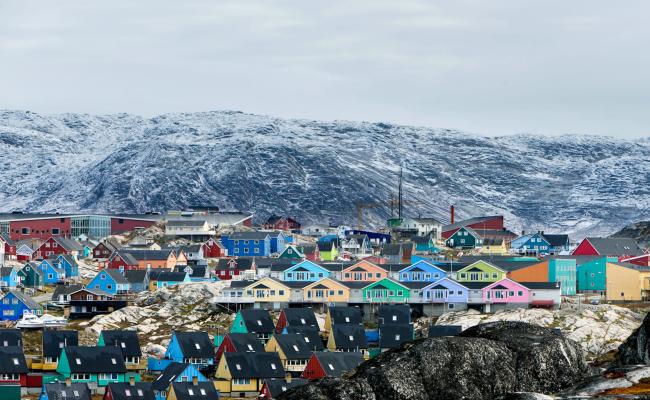Canada's New Billion-Dollar Defense Investment: Strong Arctic Focus
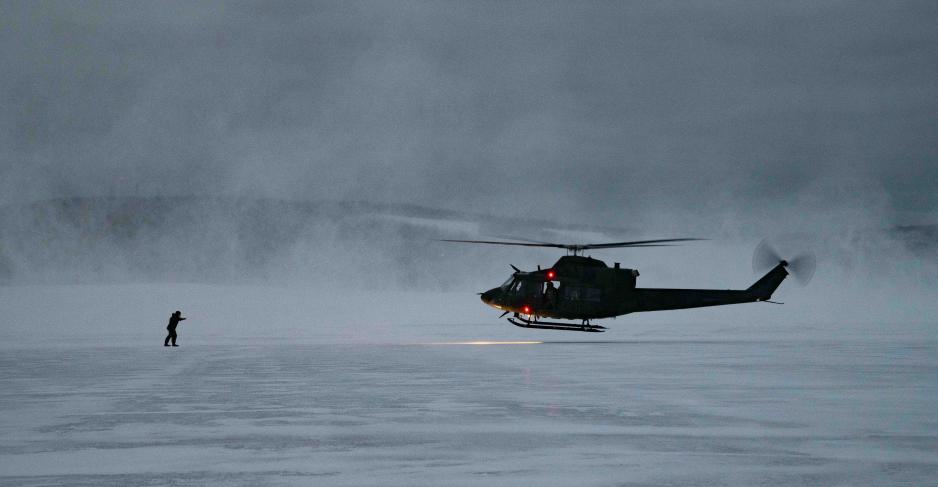
Corporal Jaron Gilbert marshals a CH-146 Griffon helicopter in Arctic conditions during Exercise Arctic Warrior, Joint Pacific Multinational Readiness Capability at Fort Wainwright, Alaska on March 1st, 2022. (Photo: Corporal Angela Gore, Canadian Armed Forces)
Canada's government has announced a new billion-dollar investment in the country's defense, highlighting sovereignty risks in the Arctic as a key challenge. The new defense policy will allow the Canadian Armed Forces to establish a year-round presence in the Arctic region.
On Monday, Canadian Prime Minister Justin Trudeau and Minister of National Defense Bill Blair presented an updated defense policy and an overall investment in the country's defense of $8.1 billion over five years and $73 billion over 20 years.
According to a statement by PM Trudeau, the new vision is a response to the rapid change in security threats faced by Canada. That such an update would come was announced in November.
The prime minister also emphasizes that Canada's most urgent and important task is to assert its sovereignty in the Arctic and Northern regions, "where the changing physical landscapes have created new threats."
In the policy's introduction, MoD Blair highlights climate change as a looming risk, making the Arctic region more accessible to foreign actors and, thereby, a risk to Canadian sovereignty in the North.
“We can no longer rely on Canada’s geography – surrounded by three oceans – to protect us,” adds Minister of Foreign Affairs Mélanie Joly.
See some of the highlights regarding new Arctic capabilities below.
New support hubs
The policy document, titled Our North, Strong and Free, details Canada's defense spending over the next five and twenty years, including establishing "northern operational support hubs," allowing Canada a year-round presence in the Arctic.
The hubs will consist of airstrips, logistics facilities and equipment, and stockpiles of spare parts. They are meant to support the Canadian Armed Forces (CAF) in asserting the country's sovereignty by establishing a stronger year-round military presence across the North.
In addition, the hubs are to increase the military's responsiveness and ability to navigate challenges in remote northern regions on shorter notice and for longer periods of time.
The government wants to invest $218 million in this project over the course of 20 years.
Securing our Arctic will keep North America safe.
Advanced maritime sensors
Another major expense item is the acquisition of specialized maritime sensors to conduct ocean surveillance.
The government wants to spend $1.4 billion over 20 years on these sensors in an effort to monitor Canada's naval areas, including in the Arctic and the North.
The sensors will be "critical to the CAFs’ ability to defend Canada from a growing range and sophistication of underwater threats," according to the policy.
Situational awareness
The Canadian government also allocates $5.5 billion over 20 years to build a new satellite ground station in the Arctic.
The aim is for the ground station to improve Canada's ability to detect, deter, and respond to threats quickly and expand the country's presence and reach across large and remote areas.
The updated policy reveals an urgency to strengthen Canada's ability to operate in Arctic areas and challenging environments.
Presence and mobility
In a bid to improve its Arctic capabilities, the Canadian Armed Forces will acquire new vehicles adapted to ice, snow, and tundra to operate in all Arctic terrains and climate conditions.
At sea, the government commits to exploring options for enabling its Arctic and Offshore Patrol Vessels to embark and operate its maritime helicopters at sea.
"These capabilities are focused first and foremost on ensuring that Canada has the ability to protect its Arctic and North and assert our sovereignty," it says in the policy.
Selection of expense items in Canada's new defense policy
- $1.4 billion over 20 years to acquire specialized maritime sensors to conduct ocean surveillance
- $18.4 billion over 20 years to acquire a more modern, mobile, and effective tactical helicopter capability
- $218 million over 20 years for Northern Operational Support Hubs
- $307 million over 20 years for airborne early-warning aircraft (AWACS) as a central contribution to NORAD – the joint US-Canadian North American Aerospace Defense Command.
- See the full version of Canada's new defense vision here.


